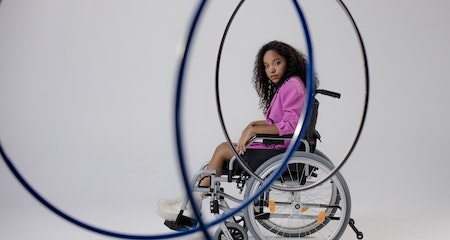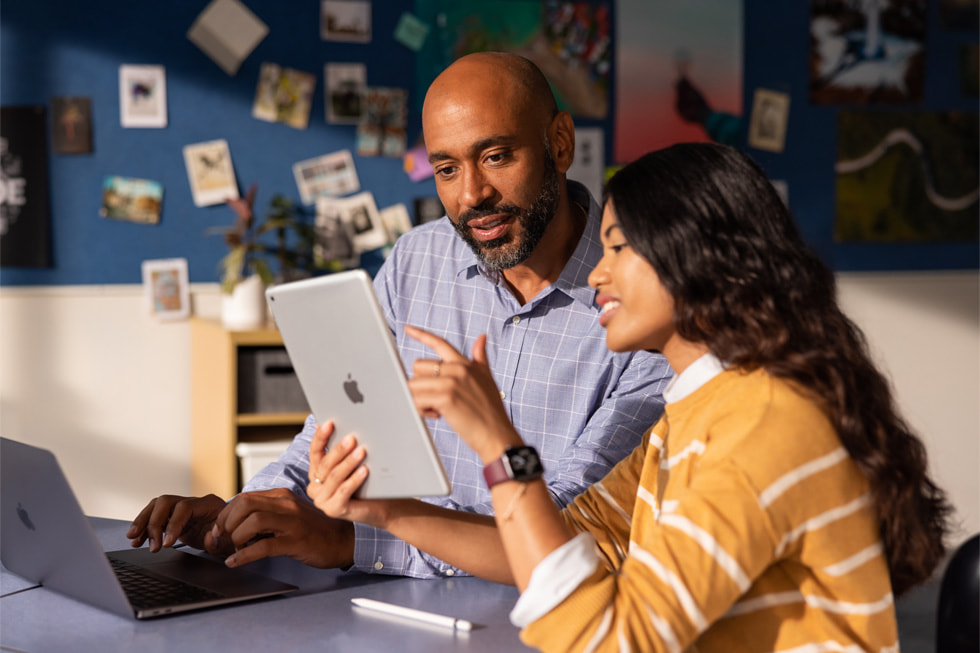Disability awareness can be a powerful tool to create a more inclusive and accessible environment for people with disabilities. It involves putting yourself in their shoes. You will have a better understanding of the difficulties they face and the challenges they face. As such, it is crucial to create an environment that is welcoming and inclusive. The goal of disability awareness is to ensure that people with disabilities enjoy the same opportunities and respect as everyone else.
Creating an inclusive environment for people with disabilities
Creating an inclusive environment for people with disabilities can be a challenging task. It requires that employers consider the needs of people with disabilities, as well as their abilities, when designing their work environments. However, it is possible to create an environment where people with disabilities are welcomed and respected. In order to make this happen, organizations should ask themselves these three questions: What would be the benefits of an inclusive work environment to a disabled individual? What kind of accommodations would they require? And how inclusive is the organization’s disability policy?
One study found that organizations that were more inclusive to people with disabilities tended to perform better overall. The study, done by Accenture, looked at 45 U.S. companies and found that those that hired people with disabilities earned twice as much as companies that did not hire people with disabilities. This is an encouraging result for companies that want to be more inclusive of people with disabilities.
Disabilities include physical and mental health conditions, as well as developmental disabilities. Creating a policy that incorporates these issues will make people with disabilities feel more welcome and productive. These policies will also help companies attract and retain talented people. If implemented properly, these policies can benefit everyone in the company, including the people with disabilities.
Businesses that want to create an inclusive environment for people with disabilities should be transparent and open about their efforts. Companies can also use their social media campaigns to promote their inclusive values. By doing this, companies will be recognized as inclusive workplaces and influence positive change. And in turn, this will create more favorable public perceptions about their businesses.
People with disabilities want to be treated as human beings. This is why they advocate for using people-first language. Instead of labels like “Disability” or “Sex and Disability,” we should call them by their names and focus on who they are. For example, some Deaf people prefer the term “Deaf person,” while others like to use the term “blind.”
Understanding the challenges people with disabilities face
Understanding the challenges people with disabilities face is crucial to improving their quality of life. Many people with disabilities face stigma, discrimination, and exclusion from the community. This stems from the perception that having a disability means you’re ‘less than’. In response to this negative perception, a movement known as the positivity movement has emerged. It aims to make disabled people feel good about themselves by promoting a positive mindset and advocating for people with disability services.
In order to be inclusive, organizations and institutions must provide accessible facilities and services. This includes public places like polling places. Whether you’re a city hall or a college campus, your services should be accessible. Additionally, you must make sure that those with disabilities receive equal treatment with other people. For instance, you shouldn’t deny access to your services because of active drug use or abusive behavior. Instead, you should be sensitive to their needs and treat each participant as an individual.
In addition to being aware of the different types of disability day programs melbourne, it’s also important to understand the social and economic conditions that make people with disabilities vulnerable. For example, treatment for illnesses can be expensive and not covered by government benefits. Furthermore, lack of affordable housing has increased homelessness among people with disabilities. This directly affects their mental health.
Disabled people may be discriminated against and treated badly in the workplace. This can result in poor self-esteem and depression. Many organizations are hesitant to hire disabled people because of the negative stereotypes about disability. This attitude can last a lifetime. By making disabled people feel comfortable and welcome, organizations can be more likely to welcome them into the company.
The United Nations Convention on the Rights of People With Disabilities is a key legal document promoting inclusion for people with disabilities. The goal of the Convention is to ensure that people with disabilities are fully integrated into society. The treaty states that “disability cannot be an excuse for not providing access to human rights and development programming.”
Understanding the challenges people with disabilities face is essential to improving their quality of life. For example, it’s important to consider the physical barriers that can prevent people with disabilities from accessing places. Some of these barriers include buildings that are not wheelchair accessible, lack of appropriate learning materials, and discrimination from their peers.
Creating acceptance is a key component of disability awareness
Creating acceptance is one of the most important elements of disability awareness, as it opens the door to understanding. People with disabilities often face barriers and negative stereotypes, which make them feel excluded and unwelcome in society. Creating acceptance requires education and public awareness. Using social media to create awareness and understanding is one way to do so.
The first step in creating acceptance is to change the language used about disabled people. Many disabled people prefer to use “people-first” language, which respects the dignity of individuals and does not make them feel inferior or unable to do certain things. For example, some people with visual impairments prefer to be called “blind people,” while others prefer the term “deaf.”
Another step in creating acceptance is to educate people about the different disabilities and what they can and cannot do. Discrimination against people with disabilities is wrong, but we need to recognize that good practices can be harmful as well. We all want to be accepted, and this starts with acknowledging that every person is unique and different.
Social habits can be a barrier in the workplace. For example, people with disabilities often don’t make eye contact or respond to gestures in a way that makes them seem unable to engage in conversation. The same is true of gender and racial differences. People with disabilities are often seen as sexist, apathetic, or unfriendly, so they must be aware of this.
Media is an important tool in promoting disability awareness. It can counter misinformation, promote acceptance, and change societal norms. By presenting persons with disabilities as part of humanity, the media can increase societal understanding of their unique circumstances and challenges. Through these strategies, people with disabilities can become more fully integrated and successful.



